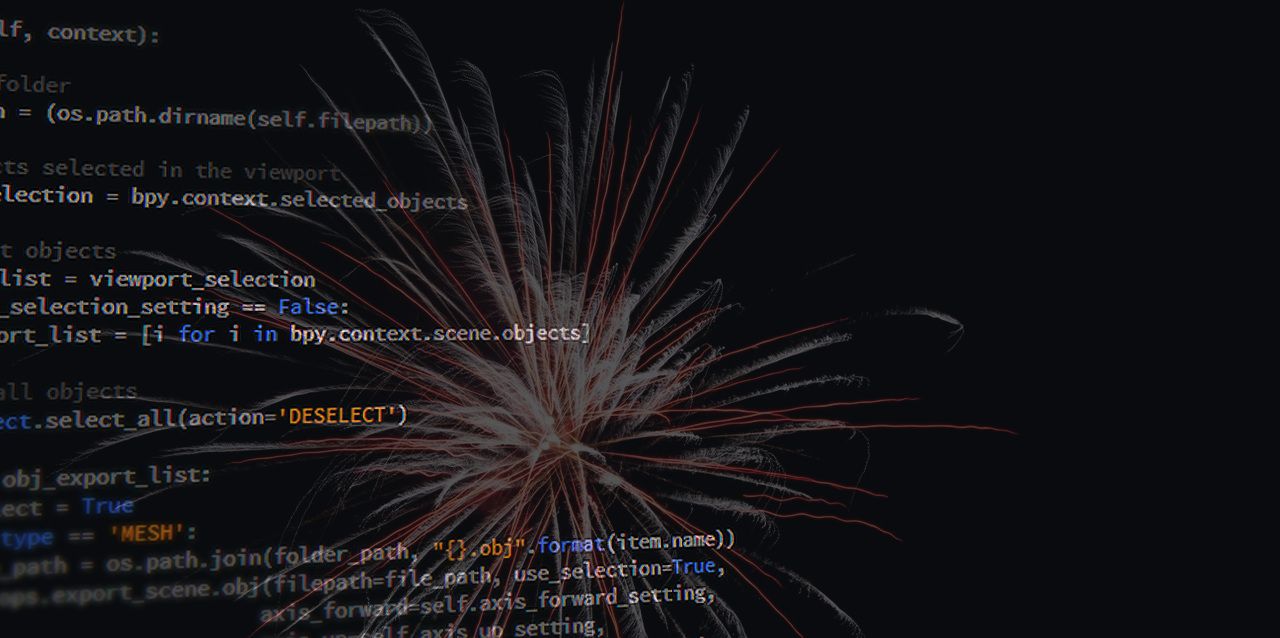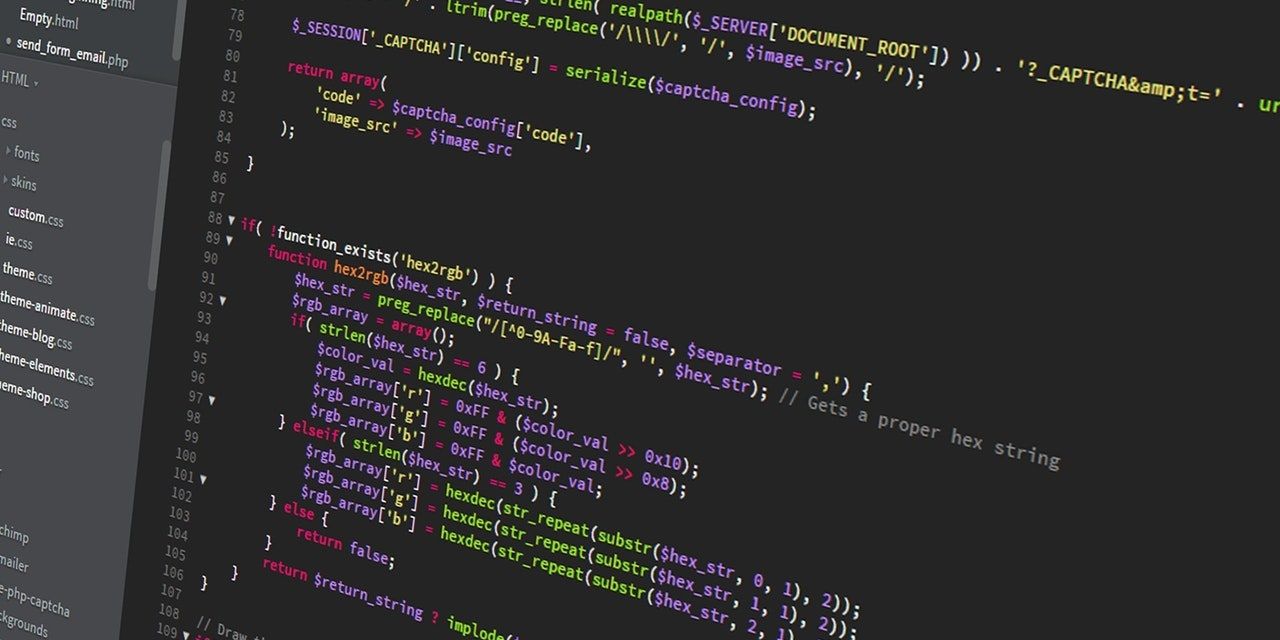Machine learning has become the center of discussion in artificial intelligence today. It touches all fields, including engineering, medicine, business, social science, and more.
Using the several machine learning libraries available today, machine learning with Python, C++, Java, Julia, and R, among others, is easier than ever. Here are some popular machine learning libraries you can start with if you want to venture into this promising career path.
1. Keras
Keras is part of TensorFlow's extensive machine learning utilities. But it's different in that it's a higher-level API that ships with TensorFlow. Plus it's more human-friendly and written with Python. So it's more implementable as it offers concise documentation that's easy for machine-learning beginners to narrow down.
Keras, however, offers a wide range of machine learning functionalities, perfect for training both structured data and raw media. The library, however, spans across text and image-based algorithms for training and testing your dataset.
A unique feature of Keras is that it keeps you focused on the library, as it provides everything you need for your project in one piece. So you'll hardly need to branch out to borrow utilities from other libraries. Hyperparameter tuning, feature selection, rich data preprocessing layers, and data cleaning are some of its spectacularly built-in features.
With Keras, you can read images and texts directly from split folders in a parent directory and obtain a labeled dataset from them. And if your data is large and doesn't sit in your machine memory, Keras offers a high-performance dataset object option. You can always switch to that.
Additionally, it offers various graphic processing units (GPUs) for processing a large dataset. So it lets you simultaneously run CPU calculations along with GPU processing asynchronously.
2. TensorFlow
Introduced by Google in 2015, TensorFlow is more of a framework than a library. It's an open-source library built with C++, and it works by tracking dataflow graphs.
TensorFlow is highly versatile and extensive, offering plenty of other built-in, unitary libraries for running machine learning calculations. In essence, TensorFlow offers a scalable platform for building machine learning concepts like artificial neural networks (ANN), deep neural networks, and deep learning.
Tensorflow also supports Java, C++, Julia, Rust, Ruby, and JavaScript, among others in addition to Python. While using TensorFlow with programming languages other than Python may offer easy project integration, using its cores with Python is easier as it fully supports TensorFlow's implementation.
Additionally, development pipelines in other languages may present API version compatibility problems if you need to switch versions later. Although TensorFlow docs are comprehensive, unlike Keras, they may be too diversified for beginners to comprehend. That said, it has solid community support, and you'll also find many open-source TensorFlow examples out there.
An advantage of TensorFlow over Keras is that you can use TensorFlow directly without Keras. Of course, you can't say the same thing for Keras, as it's a branched class of TensorFlow itself.
3. Mlib Spark
Here's something pretty handy from Apache Spark. Released and made open-source in 2010, Mlib Spark uses iterative calculations to run machine learning algorithms. Because of its iterative nature, Mlib can make use of Hadoop or local data sources and workflows. Plus, it's capable of running complex logic within a short period.
Ultimately, it's still one of the fastest machine learning libraries out there. It runs a wide range of machine learning algorithms, including regression, clustering, classification, and recommendation models. It also excels in terms of data preprocessing and pattern mining.
The library is dynamic and offers a robust API that plugs in with Scala, Python, R, and Java. Mlib Spark is an embed of Spark itself, so it upgrades with every Spark release.
Mlib Spark has explanatory documentation, so a beginner can easily pick it up. But a little con is that it only integrates with a few programming languages, so this might be an issue if you're not familiar with the languages it currently supports.
4. mlpack
mlpack was released in 2008 and developed with C++ using a linear algebra library called Armadillo. Like Mlib Spark, it lets you apply most of the available machine learning algorithms and concepts directly to your dataset using concise and readable lines of code.
In addition to being available in programming languages like Python, C++, Go, and Julia, it also supports CLI execution, which allows you to run your code and receive instant responses. Although it supports binding with these other languages, running mlpack on large datasets that require complex computation might not be a great idea when using it with another programming language. Thus, scalability with other languages besides C++ is often an issue with mlpack.
If you're a machine learning beginner and knowledgeable about C++, you can still try it out. The documentation has easy-to-follow guides and examples that are available for various programming languages. Because it runs calculations on C++ concepts, mlpack uses low-level code to execute complex to simple machine learning tasks rapidly.
5. Pytorch
Facebook developed Pytorch and released it officially in 2016. Well-known for its extensive use in computer vision, deep learning, and natural language processing, Pytorch is an open-source library built from the Torch framework.
Like Keras and Tensorflow, Pytorch supports the CPU processing of datasets. And if your dataset is large, it features a GPU processor to handle your calculations. Plus, it's tensor-based.
In addition to Python, the library supports binding for both C++ and Java. Pytorch, in addition to other utilities, offers subsidiary libraries including torchvision, torchtext, torchaudio, and TorchServe.
These libraries are part of the Pytorch machine learning functionalities, and you'll come across them while writing your Pytorch models. With detailed and comprehensive tutorial-based documentation, Pytorch is easy to understand, as long as you're familiar with machine learning concepts.
Pytorch also lets you transform your datasets into a machine-friendly format. So it's also a perfect library for preprocessing data. Invariably, feature extraction, data cleaning, data splitting, and hyperparameter tuning are all possible with Pytorch.
6. Scikit-Learn
Immersively built with Python, scikit-learn, also called sklearn, was publicly released in 2010. The library, however, serves a wide range of machine learning applications, including the modeling of featured and unfeatured datasets.
Scikit-learn offers familiar supervised algorithms, including the linear and logistics regression models, support vector machine (SVM), Naive Bayes, Decision Trees, Nearest Neighbors, among others, right out of the box. It's also a rich source of unsupervised learning methods like clustering, Gaussian model, together with neural network models, and more.
In essence, scikit-learn supports both supervised and unsupervised models. It's a great starting point if you're still new to Python or machine learning in general because it's entirely Python-based. And if you're just starting with machine learning or data science, you might want to start with the supervised learning features of scikit-learn.
Overall, it's more beginner-friendly than other libraries on the list. Unlike the other libraries mentioned earlier, scikit-learn is massively dependent on Numpy and Scipy for running high-performance mathematical calculations. And it also uses Matplotlib to present compelling story-telling visualizations.
7. Theano
If you're out for a library to help you break complex problems into flexible algorithms, then Theano might be what you want. Created in 2007 by Yoshua Bengio in Montreal, Canada, Theano is a powerful library for running small to high-performance computations.
Like Scikit-Learn, Theano depends on Numpy for executing numerical calculations. The library supports GPU-based computations, plus it generates low-level C code. This speeds up mathematical evaluations with Theano, no matter how large they are. Additionally, its deep learning models run on tensors.
With Theano, you can convert your dataset into readable float, binary, or integer points, regardless of its initial data type. You may not get enough community support, though. That's because Theano isn't as popular as the other libraries we mentioned earlier. That doesn't make it any less beginner-friendly.
The tutorial in the docs is easy to understand. Its ability to simplify complex arrays and optimize infinite computations makes it perfect for creating scalable machine learning models.
Which Library Should You Use for Your Next Machine Learning Project?
Although we've mentioned some of the most widely-used machine learning libraries, coming up with the best one can be tough as they all serve very similar purposes with only a few differences in their features.
Of course, starting with a more beginner-friendly library like Scikit-Learn, or Keras is helpful if you're just breaking into the field. Beyond that, picking a library purposefully for a project will help you to narrow down the complexities along your development pipeline. But that said, familiarizing yourself with machine learning fundamentals through courses and tutorials is helpful.




